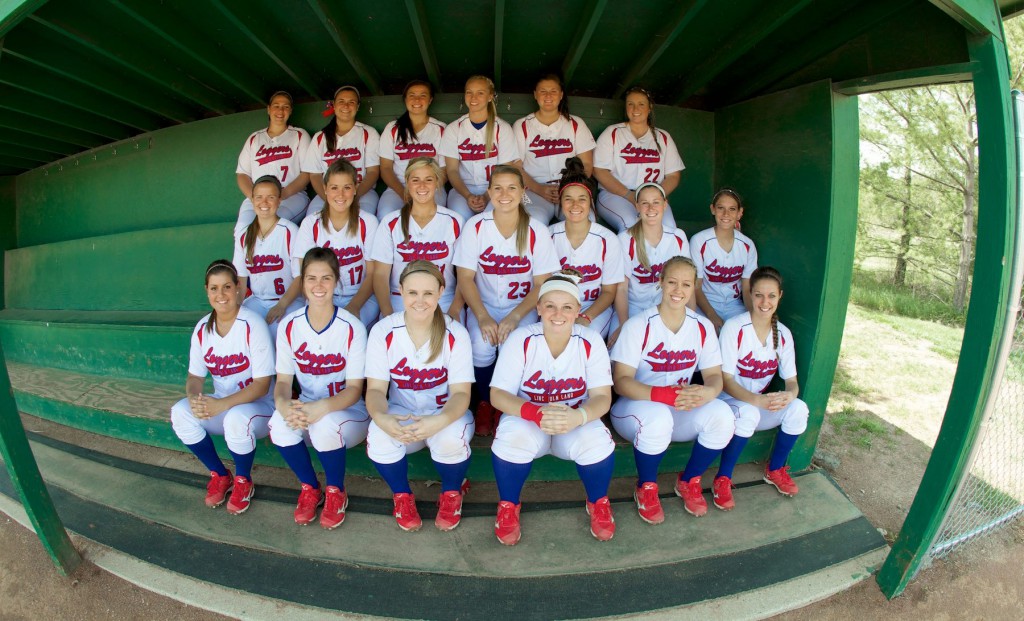Last Saturday, Professor Tony Rothering conducted the official spring bird count for campus. He documented 60 species including:
Canada Goose 8, Mallard 7, Double-crested Cormorant 21, Great Blue Heron 2, Green Heron 1, Turkey Vulture 1, Cooper’s Hawk 1, Least Sandpiper 5, Mourning Dove 4, Chimney Swift 7, Red-headed Woodpecker 3, Red-bellied Woodpecker 8, Downy Woodpecker 2, Eastern Wood-Pewee 1, Eastern Phoebe 1, Eastern Kingbird 11, Warbling Vireo 2, Red-eyed Vireo 3, Blue Jay 5, American Crow 17, Purple Martin 1, Tree Swallow 3, Barn Swallow 2, Cliff Swallow 10, Black-capped Chickadee 3, Tufted Titmouse 2, White-breasted Nuthatch 1, House Wren 3, Carolina Wren 2, Swainson’s Thrush 7, American Robin 30, Gray Catbird 12, Brown Thrasher 3, European Starling 15, Cedar Waxwing 7, Golden-winged Warbler 2, Tennessee Warbler 10, Nashville Warbler 1, Common Yellowthroat 1, American Redstart 1, Magnolia Warbler 1, Blackburnian Warbler 1, Yellow-rumped Warbler 3, Black-throated Green Warbler 2, Chipping Sparrow 5, Song Sparrow 8, Lincoln’s Sparrow 1, Swamp Sparrow 3, White-throated Sparrow 2, White-crowned Sparrow 10, Northern Cardinal 14, Rose-breasted Grosbeak 3, Indigo Bunting 2, Red-winged Blackbird 13, Common Grackle 40, Brown-headed Cowbird 4, Baltimore Oriole 6, House Finch 6, American Goldfinch 4, House Sparrow 3
 The next KUDOS award recipients will be announced July 1, and twice in the fall and spring semesters. Nominate a deserving colleague by clicking on the KUDOS tab in the upper right corner of LincIn.
The next KUDOS award recipients will be announced July 1, and twice in the fall and spring semesters. Nominate a deserving colleague by clicking on the KUDOS tab in the upper right corner of LincIn.



